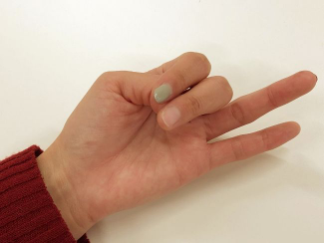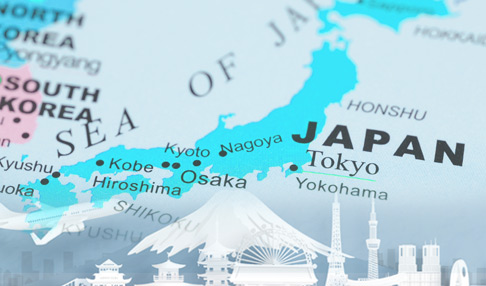Japanese Body Language and Gestures

The gestures and body language that Japanese people use may differ from the ones used in other countries. As an example, when a Japanese person says “I”, they will point to themselves with their index finger.
When they say “No”, they wave their hand in front of their face or make an X shape with their arms. The meaning of a person bowing can change depending on the angle at which they bow and so on.
Japanese people also often communicate without speaking, non-verbally. You can read further on "Japanese Verbal & Nonverbal Communication for Business".
In this article we will introduce you to common gestures and body languages used in Japan.
>> Japanese Personalities & Culture: Getting Along in Japan
Bowing
Unlike many Western cultures where shaking hands is the norm, when meeting someone for the first time in Japan, people bow to each other. The degree of the bow corresponds to the difference in social standing between the two individuals being introduced.
The longer and deeper the bow, the greater the amount of respect will be shown by the one bowing. When meeting foreigners, some Japanese may offer to shake hands, as an effort to ease any discomfort or misunderstandings.
Your best bet with regard to being introduced to a Japanese person is to do what they do. If they bow, return the bow, with your back straight and hands at your sides.
The appropriate angle at which to bow will change depending on the situation.
1) Bowing at 15 °
When you see an acquaintance or would like to greet someone casually, you can bow at 15°. This type of bow is called “Eshaku”.
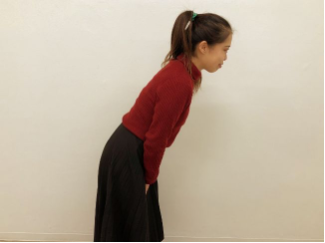
2) Bowing at 30°
This bow is often used as a greeting when meeting someone for the first time. Generally, when people mention "bowing", they are often referring to this type of bowing, which is called “Keirei”.
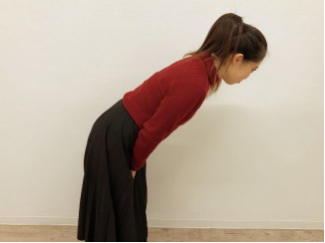
3) Bowing at 45° - 60°
When you would like to express your gratefulness or you are saying good bye.
This type of bow is also used when apologizing. The general range that is considered proper varies from as little as 45° to as much as 90°.
If you would like to express a sincere apology while bowing, you should lower your head deeply to 90° to be safe.
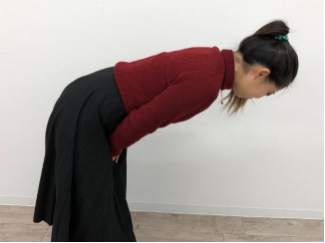
Pointing an index finger to themself: "Me"
If someone points to themselves, it means "Me".
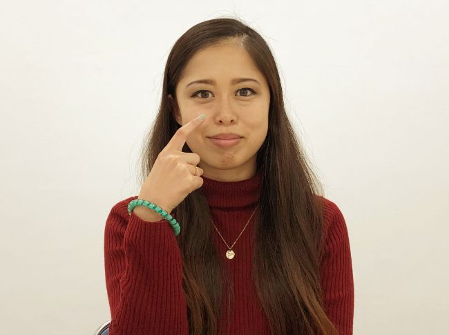
Pointing an index finger upside: One or One person
When a Japanese person point like this way below, it means "One" or "One person".
You will see this often at the entrance of a restaurant or cafe as they say to a waiter that they would like to have a table for "one".
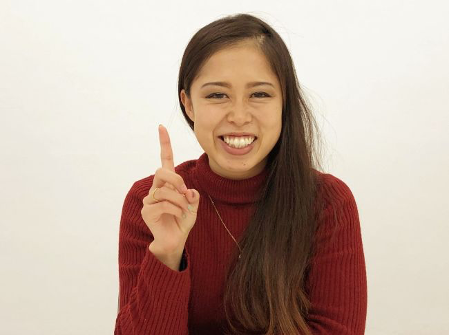
Waving a hand: “Come here"
When a Japanese person does this movement, it means "come here", not "go away".
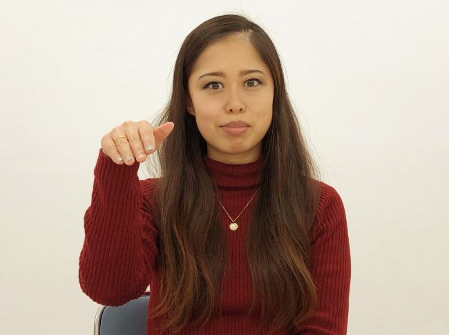
Holding your hands in prayer’s position: Could you do me a favor please?
When they would like to ask you a favor, Japanese people tend to show this gesture.
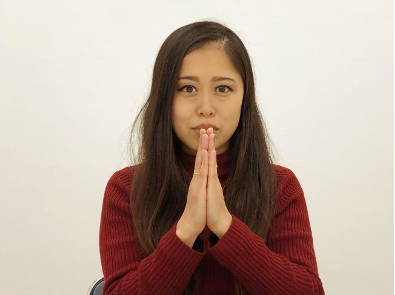
Making an X with your arms: "No"
Making an X with their arms means No.
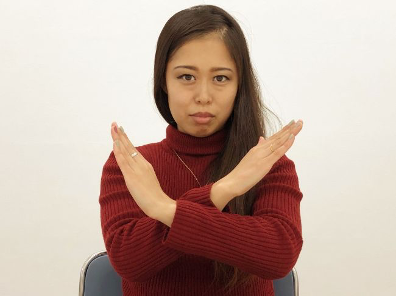
Waving your hand in front of your face: "No"
This is often used with words “No no” or “Not at all”.
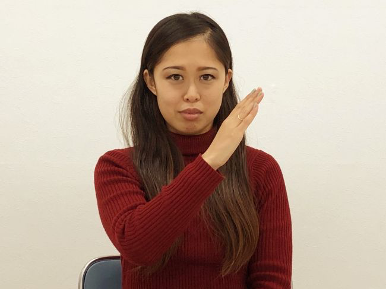
Making an X with your index fingers: "Check please"
When a Japanese person would like to ask for a bill, they make this sign at a bar, izakaya, or a restaurant.
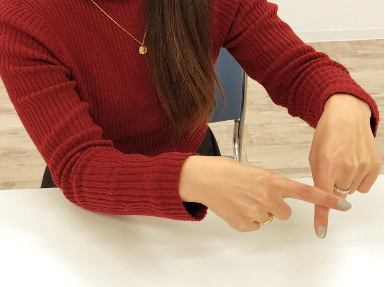
O.K.
This means O.K.
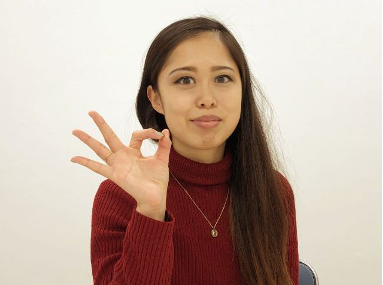
Couting with fingers
Japanese people count from a thumb to a little finger.
This means 1.
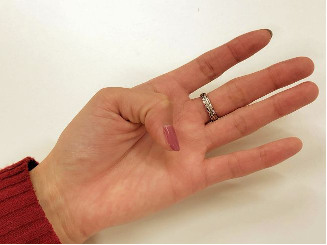
This means 2.
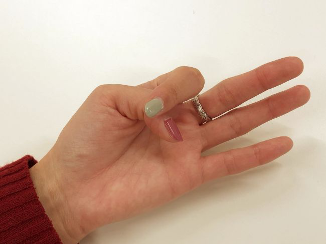
This means 3.
